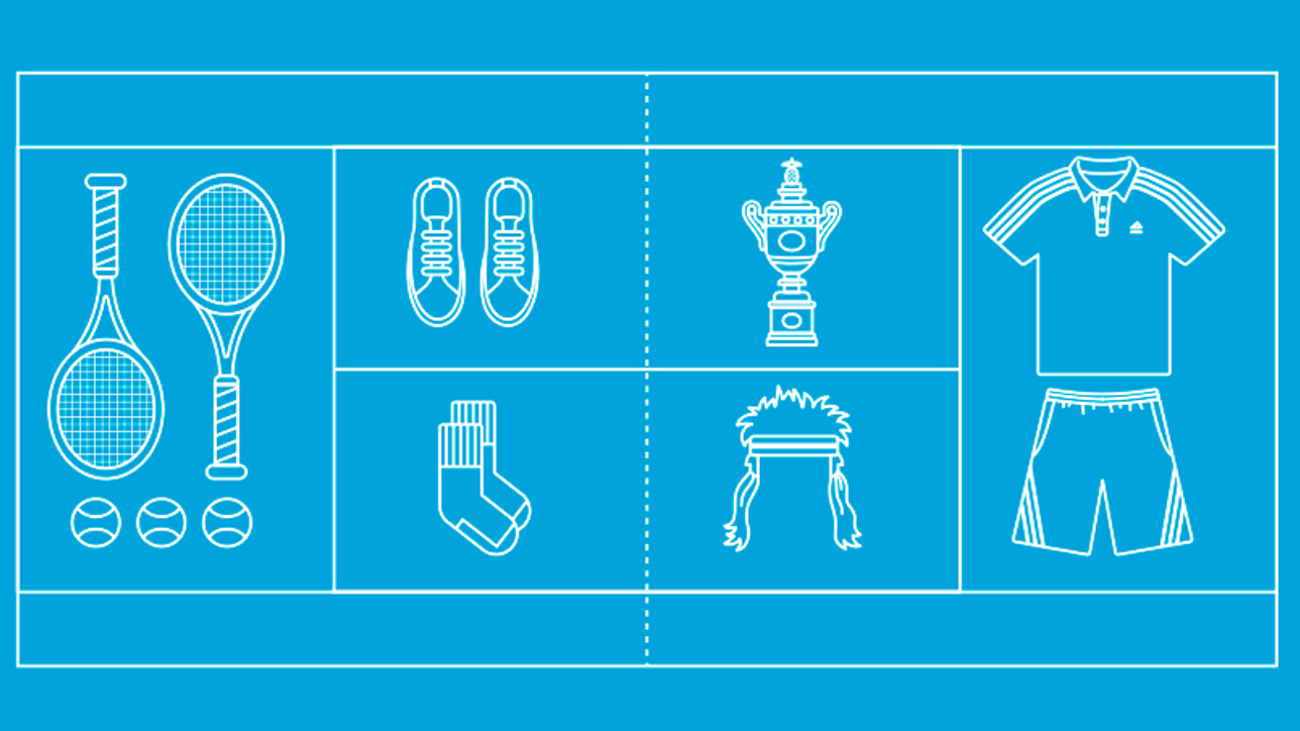
The competitive but civil climate of the tennis court is a great place to forge professional relationships. But even if the closest you’ll get to Wimbledon is watching it on TV, it’s worth knowing the basics of the game
Game on
The object of the game is deceptively simple: hit the ball over the net (after letting it bounce no more than once) and land it within bounds. Make an error — hit long, miss the ball — and the other player or doubles team gets a point.
Score!
Perhaps the most perplexing aspect of tennis is the scoring. A match is made up of games and sets. (Think of the cliché: game, set, match.) A player must win six games to win a set, and a match is determined by winning the best of three (or sometimes five) sets. Still with us? Within each game, the first point is called “15,”the next is “30,” then “40” and “game.” To further complicate things, when the score is tied at 40 — this is called “deuce” — a player must lead by two points to win a game. The next one to score is at “advantage.” It can go back and forth from deuce to advantage like, well, a tennis match until the player with advantage finally scores the winning point.
Netiquette!
Tennis is notorious for its etiquette: the U.S. Tennis Association, for one, has a six-page “Code” where it has written down the unwritten rules such as no talking during singles play and how to decide if a ball is in or out (it varies depending on the scenario). High-end clubs will enforce a tennis whites-only clothing policy; street shoes are verboten on even low-rent courts.
The players
While Federer is a living legend and the Williams sisters know their aces (and their fashion), there are some top Canadian names in tennis too
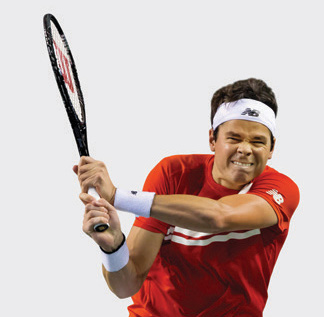
Milos Raonic
Breaking into the top 10 in the world this year, this 6’5”, 22-year-old is known for his powerful serve.
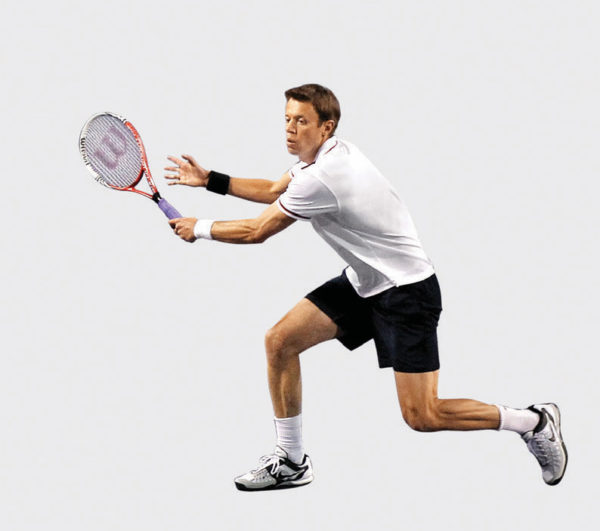
Daniel Nestor
Doubles is this Canadian’s game, and he’s paired with different partners to earn 80 titles over his career.
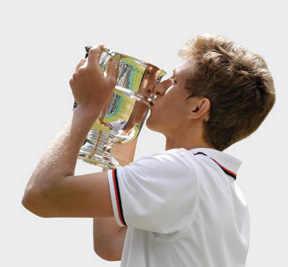
Filip Peliwo
This 19-year-old won the 18-andunder versions of Wimbledon and the U.S. Open in 2012.
Web exclusive: Tennis terms
Goose eggs
Why is a score of zero known as love? According to legend, it’s an Anglicization of the French word for egg, l’oeuf, for its resemblance to a zero.
Four-court
The Australian Open, French Open, Wimbledon and the U.S. Open are considered the four “major” tournaments. Technically, winning all four in one calendar year is considered a Grand Slam, but only an elite group have achieved this milestone in a career.
Nailed it
An unreturned serve is called an ace.
My fault
If a serve hits the net, lands outside the opponent’s service area or the server steps over the service line during delivery, it’s considered a fault. Two consecutive faults (a “double-fault”) are counted as a point for the opponent.
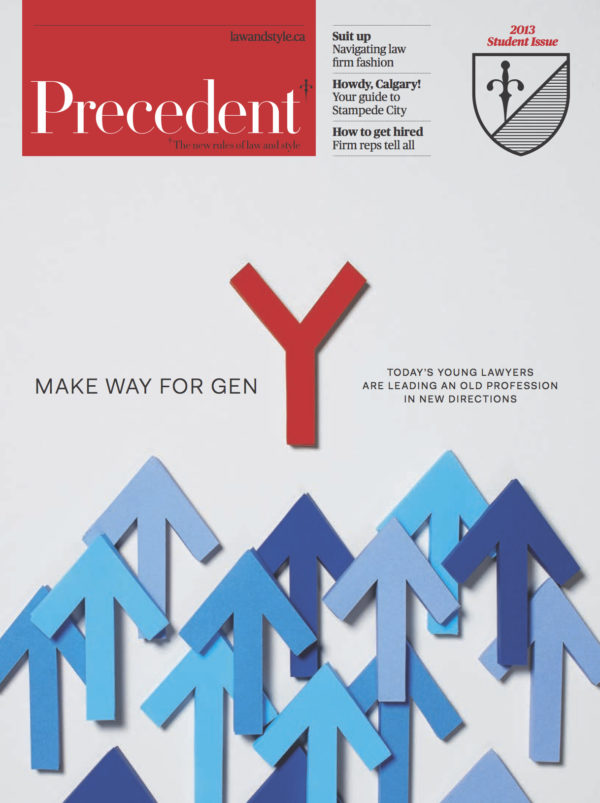
This story is from the 2013 edition of PrecedentJD Magazine
Photograph of Raonic courtesy of The Canadian Press/Darryl Dyck
Photograph of Nestor courtesy of Matthew Stockman/Getty Images
Photograph of Peliwo courtesy of AP Photo/Alastair Grant
Illustrations by Isabel Foo
